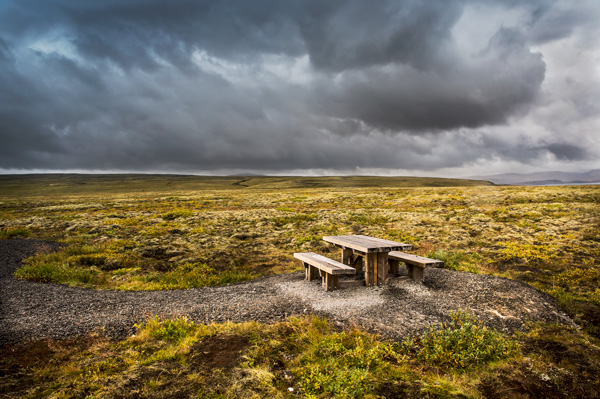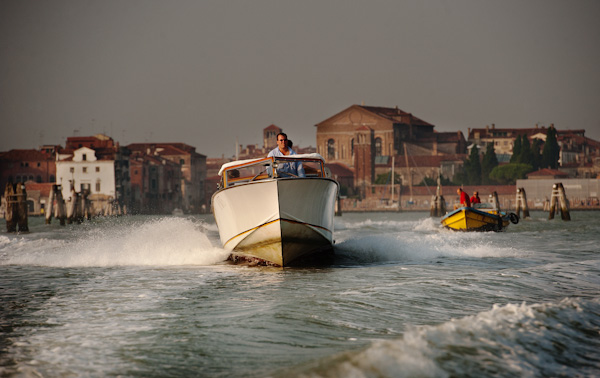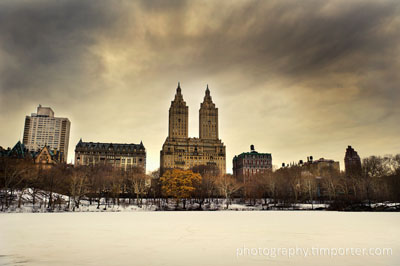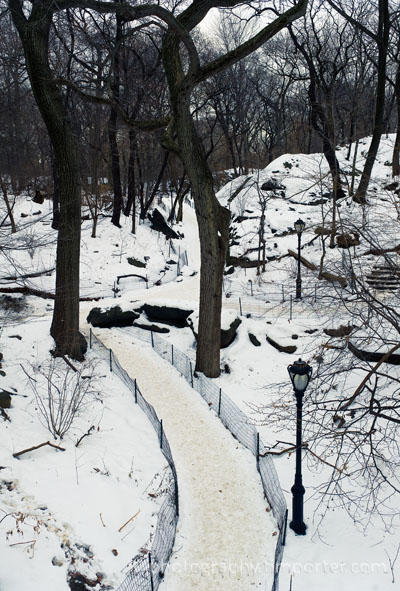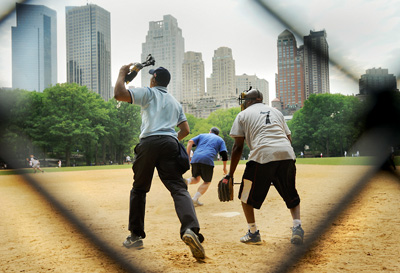“You have to come,” she said. “It’s weird. You’ll like it.”
I had been in Reykjavik for more than a week photographing homeless people, alcoholics, Elvis freaks and massive gym rats known as power-lifters. Mary Ellen Mark was leading a workshop and after assurances from her that Iceland offered enough oddities to suit my visual tastes I’d made the trip.
Mary Ellen was right, as usual. Beyond the ubiquitous blondes, behind the unrelenting civility, and underneath the itchy woolen sweaters, there was plenty of weird. I found all I could of it and made some decent photos in the time I had. I was doing what I often do while traveling: looking for interesting people and ignoring the tourist attractions.
That’s all well and good when I am in New York or Paris or Oaxaca, places I have the good fortune to visit regularly, but Iceland might have been an once-in-a-lifetime trip and the people I’d met and photographed could have lived anywhere in the world. After all, an alcoholic who lives in shipping container resembles similarly broken people in the U.S. – even if her name is Sigrun. I had been photographing Icelanders, not Iceland.
The country is a geologic amusement park chock full of glaciers, fjords and fumaroles, none of which I had seen. Nor had I walked on lava, slid on ice or dunked myself in the warm waters of the Blue Lagoon.
And that is how, in an 11th-hour effort to fill that gap two days before my return flight to San Francisco, I found myself on a gray, blustery Sunday riding in a small station-wagon being driven by Ellen Inga, one of the workshop’s photography interns. She was taking me on a fast-forward tour of the volcanic landscape east of Reykjavik.
With Ellen’s young son buckled into the rear seat, a serpentine road carried us out from the city through an uplands studded with dark, magenta-tinted cinder cones. A spongy mat of green lichen covered the lower reaches of the rock. The colors, vibrant in then sun, were muted by a heavy mist. For photography, especially the drive-by variety I was doing, the day didn’t look promising.
We stopped several times so I could click off some frames. Even though I doubted the capacity of my computerized camera to capture the natural complexity before me, I marveled at the rawness and freshness of the landscape. The rocks, in geologic years, were newborns. The water, sitting deep in glacial lakes or running rapidly through basalt-rimmed rivers, was untainted by man. The air, moist and moving, quenched a deep pulmonary thirst.
At Þingvellir National Park, where the great tectonic plates of the mid-Atlantic ridge collide, I walked in the mist and followed a boardwalk through the rift valley to a promontory. I recorded the volcanic hills in the distance and the lake below. The gray swallowed the color, but I wanted the photo anyhow, as a memory and as something that might compel me to come back and devote more time to this landscape.
I can’t say I will return to Iceland. I would like to, though. There are good people there I would like to see again. There are amazing places – such as Þingvellir – I want to revisit and many more I’ve yet to see. But as my years accumulate, my promises become fewer. There is less time ahead to keep them.
This day, then, this Sunday drive through the hills, around the lake, past the waterfalls and home again, may be my Iceland day.

